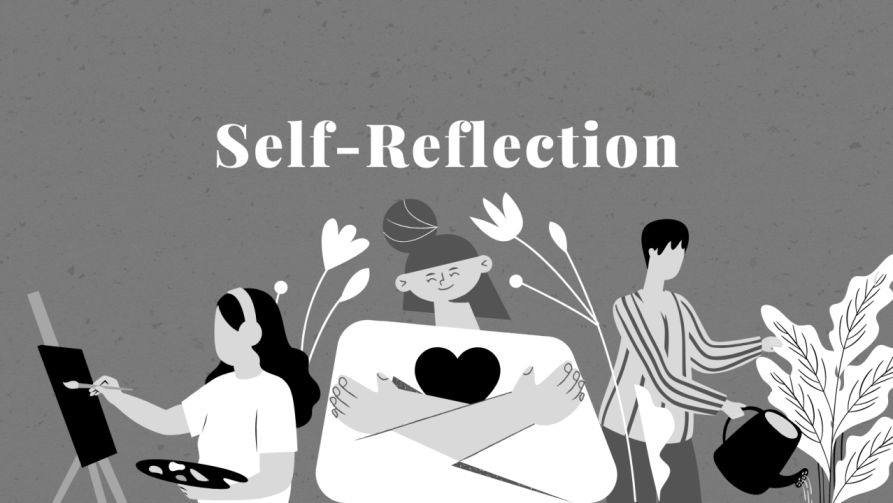Every spiritual journey begins with a question: Who am I? Why am I here? These questions mark the beginning of a seeker’s path. A seeker is not someone who runs away from the world. A seeker is someone who dives deeper into it, searching for truth, peace, and purpose.
In India, the concept of seeking is deeply rooted in our culture. From the ancient rishis to modern spiritual explorers, the journey of the seeker continues even today. It is a journey of awareness, silence, and surrender.
The First Step: Feeling the Call Within

Most people begin the spiritual journey after facing confusion, loss, or emotional pain. That is how it started for me too. Life felt heavy. Success outside did not bring happiness inside. Something was missing.
In those quiet moments of sadness, I began to look inward. I read books, listened to spiritual teachers, and sat in silence. Slowly, I started feeling something new—peace. It was not loud or exciting. It was calm and silent, but it felt real.
Keywords: spiritual awakening, inner peace, emotional healing
Letting Go of Old Beliefs
As I moved forward, I began questioning many things I had always believed. I asked myself:
- Why do I react with anger?
- Why do I feel empty even when I have everything?
- Who am I beyond my name, job, or status?
This phase was not easy. Letting go of ego and old habits was painful. But it was also freeing. I understood that spiritual growth means becoming empty of what is false, so we can be filled with what is true.
Also Read What We Can Learn from the Life of Gautam Buddha
The Role of Teachers and Guidance
In every seeker’s path, a guide appears. Sometimes it’s a book. Sometimes it’s a person. For me, it was both. I was deeply moved by teachings from the Bhagavad Gita, Buddha, and modern teachers like Sri Ramana Maharshi and Sadhguru.
These masters taught me that the truth is not outside. It lives within us. Meditation, mindfulness, and surrender became tools on this journey.
spiritual teachers, Indian philosophy, guidance in spirituality
Daily Practice: The Foundation of the Path
A spiritual seeker needs practice. Without it, wisdom becomes just knowledge. My daily habits became my anchor:
- Morning meditation
- Reading spiritual texts
- Silence and mindful breathing
- Spending time in nature
- Offering gratitude
These simple acts helped me stay centered. They also helped me become more kind, patient, and present.
daily spiritual routine, meditation, mindfulness, gratitude
Moments of Doubt and Fear
There were also dark days. I doubted myself. I questioned if this path was real or just an escape. But each time I sat in silence, I felt a small light inside. It told me to trust and continue.
Spiritual growth is not about reaching a destination. It is about walking the path with awareness. Every small step matters.
A Shift in How I See the World
As my journey deepened, I began to feel connected to everything. Trees, birds, people, and even silence felt alive. I no longer needed big answers. I found peace in small things—a cup of tea, a smile, the morning sun.
I understood that life is not a problem to solve. It is a mystery to live.
spiritual connection, awareness, presence, inner transformation
The Seeker Becomes the Path
In time, I stopped calling myself a seeker. Not because I had found all the answers, but because I realised the journey itself is the answer.
The path is within us. And the real teacher is life itself. Every joy, every pain, every silence is part of our spiritual training.
spiritual path, awakening journey, seeker’s reflection
FAQs – The Journey of a Spiritual Seeker
Q1: Who is a spiritual seeker?
A spiritual seeker is someone who looks beyond material success. They search for truth, peace, and deeper meaning in life.
Q2: How do I begin my own spiritual journey?
Start by sitting in silence. Ask deep questions. Read spiritual books. Practice mindfulness and meditation. Trust your inner voice.
Q3: Do I need a guru to walk the path?
A guru or guide helps, but your own experience is the most important teacher. Many seekers begin alone and find guidance along the way.
Q4: Can I follow this journey while living a normal life?
Yes. You don’t need to leave home or job. You can walk the spiritual path in daily life through awareness, kindness, and discipline.
Q5: Is the journey ever complete?
There is no final point. The journey itself is the purpose. With time, your experience deepens, and your heart opens to more love and truth.
Final Thoughts
The journey of the seeker is not easy, but it is beautiful. It is a journey from the head to the heart, from confusion to clarity. It does not ask you to be perfect. It only asks you to be honest and open.
In today’s world, many people in India and around the world are waking up. They are looking for something real. If you feel the call, know that you are not alone. The journey has already begun.
Walk slowly. Walk mindfully. And most of all, trust the path.










